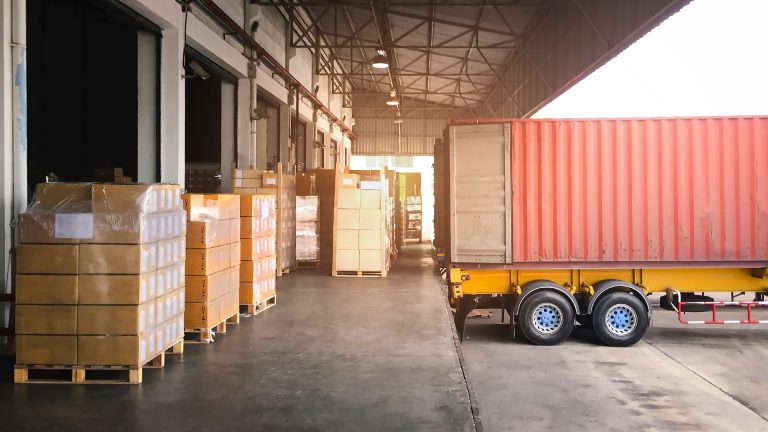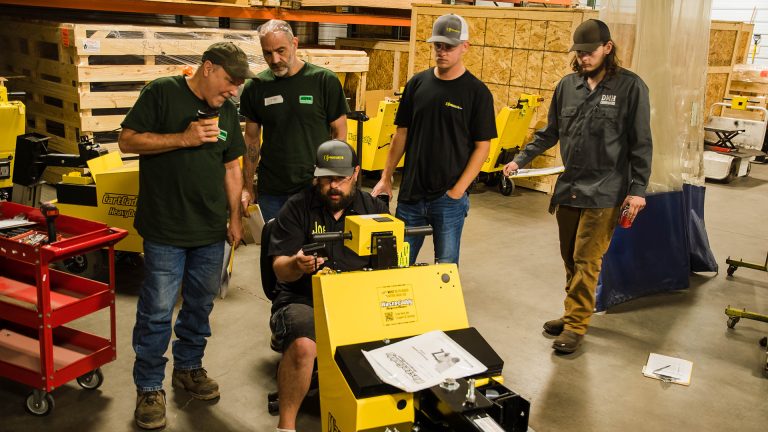Do you remember when barcode scanning was the new cutting-edge technology for distribution center operations? It’s hard to believe, but that was 40 years ago. As the industry considers new systems such as radio frequency that may take its place, it’s a good time to take a look at the current state of the barcode.
Barcodes brought automation to a task management process that had previously been done manually. Keeping records on paper is cumbersome and inaccurate, resulting in errors and inefficient operations. Despite these drawbacks, a recent study found that 27 percent of distribution centers are still using paper for many of their workflow procedures.
The barcode has been instrumental in streamlining basic warehouse functions such as receiving, picking and replenishing. The rise of direct-to-consumer operations has increased demand velocity, making rapid movement of merchandise through the facility even more imperative.
Food safety is another factor driving the importance of automated data capture. The Food Safety Modernization Act was instituted to compel growers, wholesalers and other members of the foodservice industry to follow more rigorous recall procedures. With consumer safety at stake, the precision of barcodes allows for more effective tracking of food items at every stage of the delivery process.
No matter what type of task management system you use, electric-powered tugs and tows from DJ Products remain a constant element of safe and efficient warehouse operations. Visit TeamCartCaddy.com and let one of our friendly Sales Engineers help you find the perfect solution for your material handling needs.


